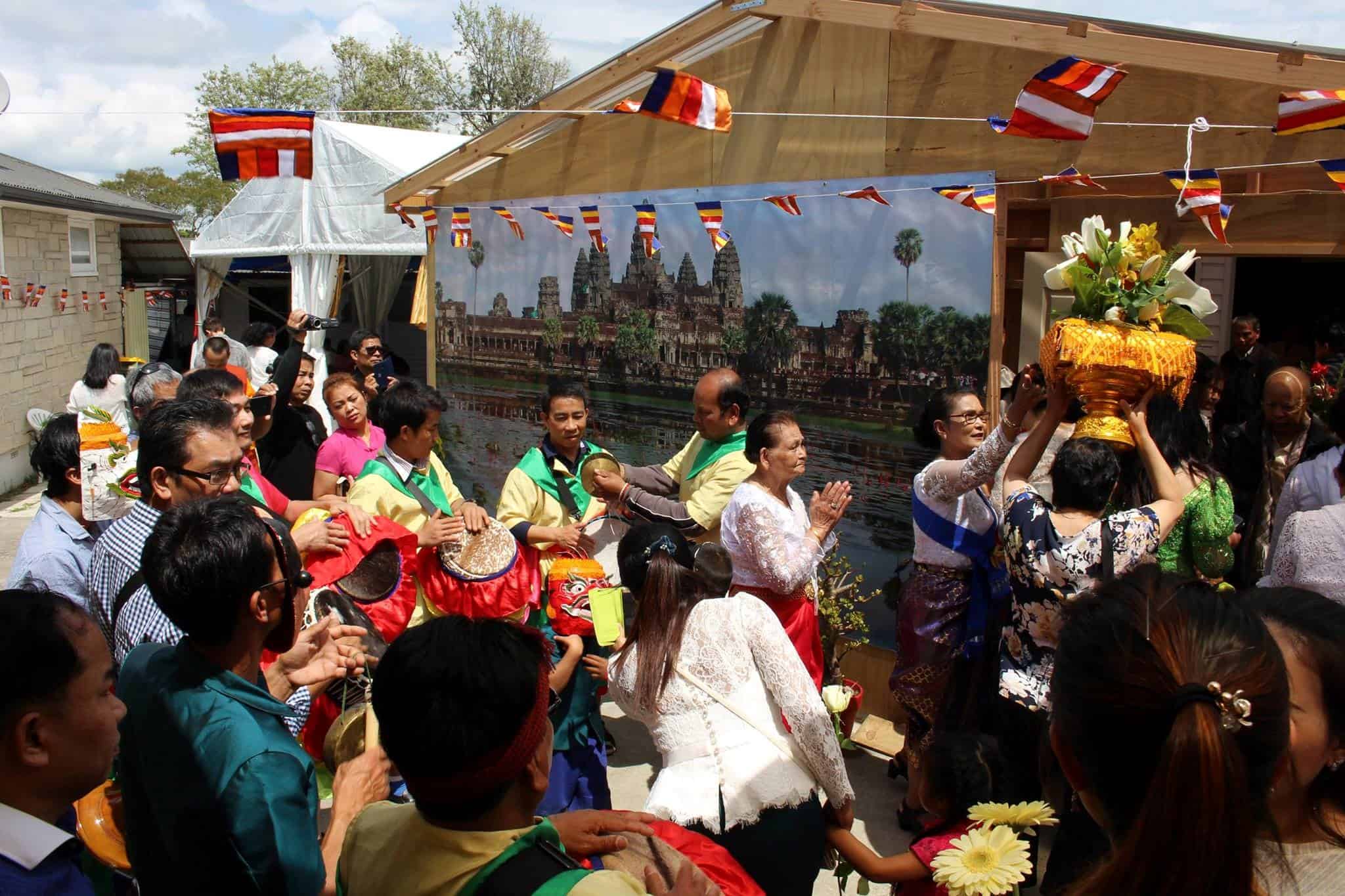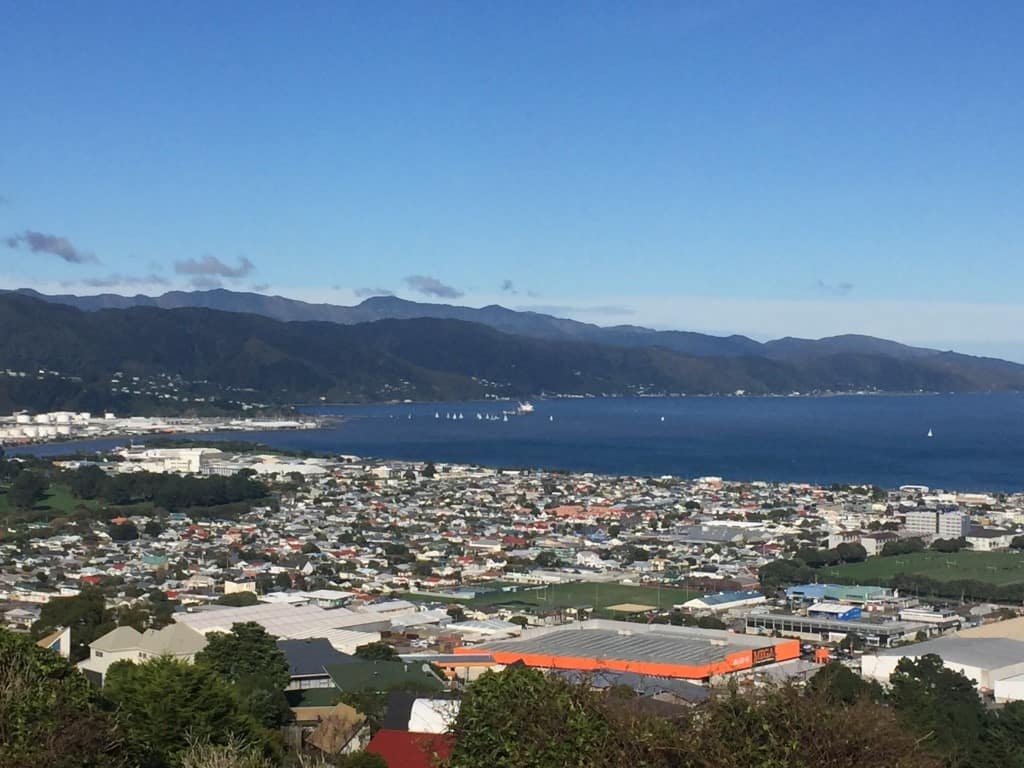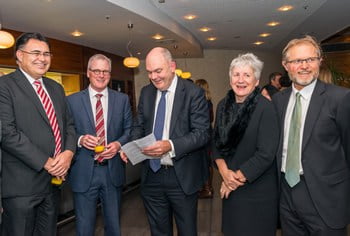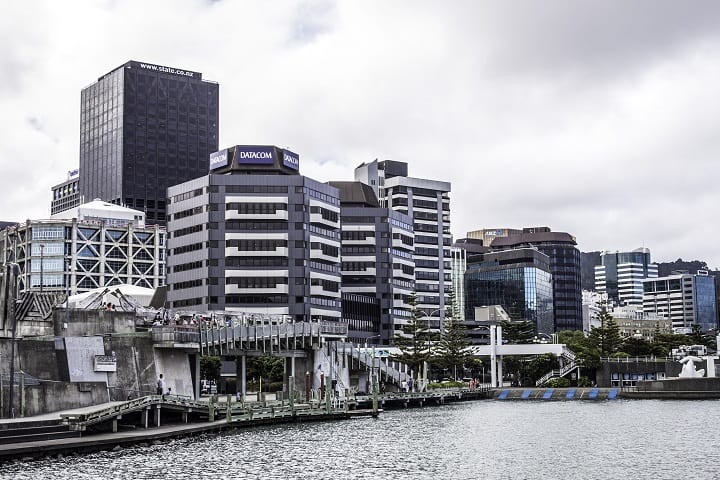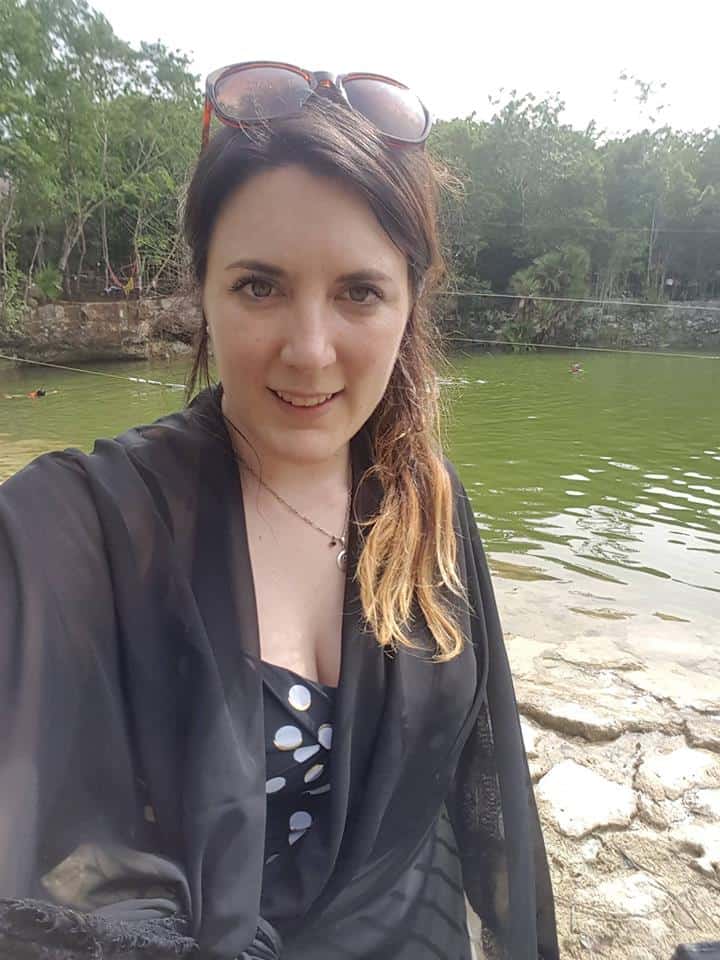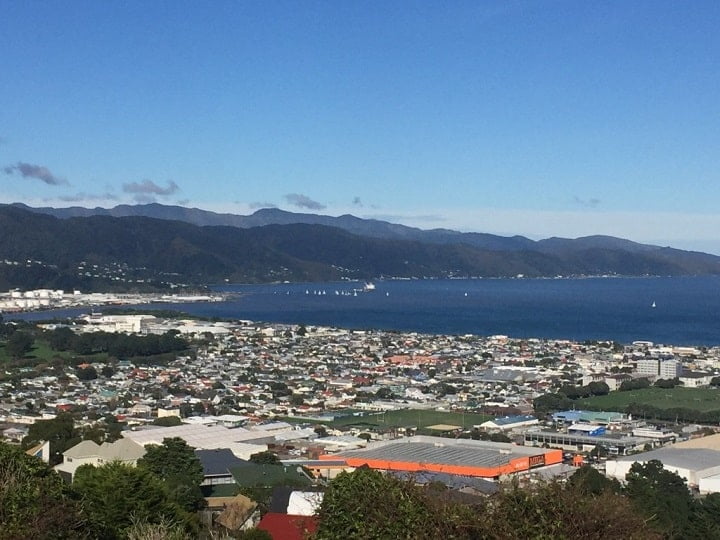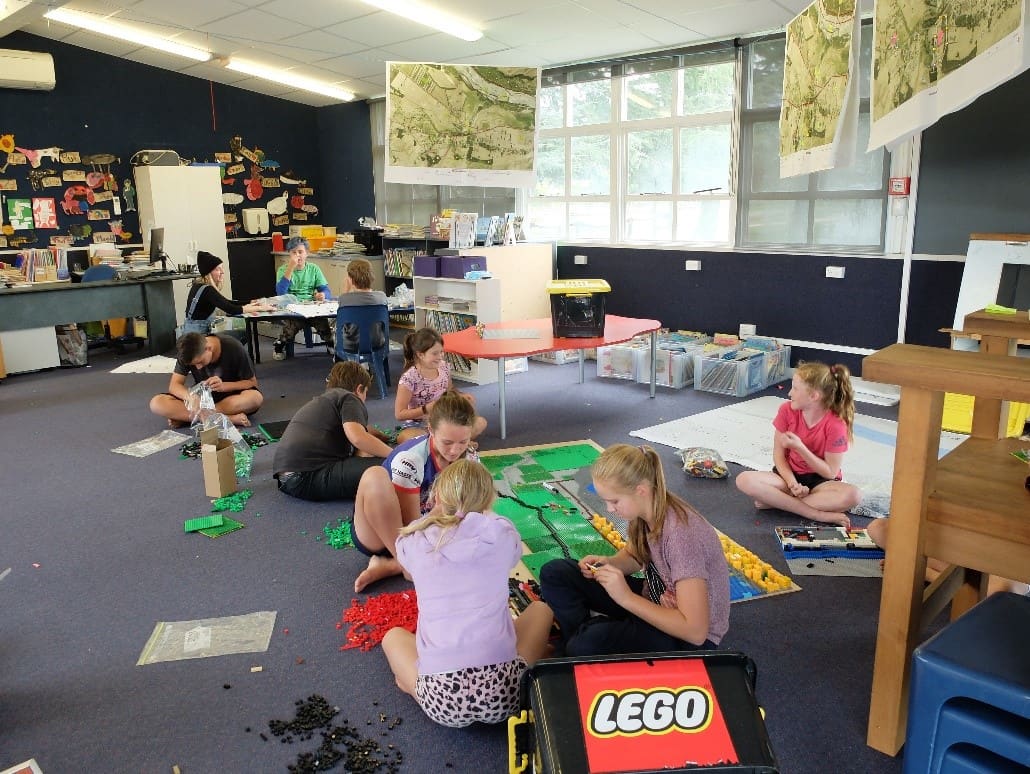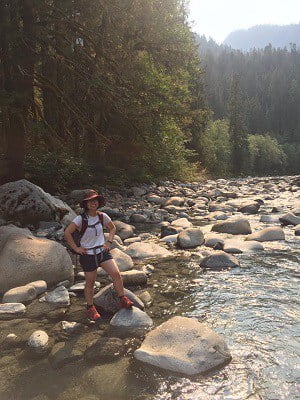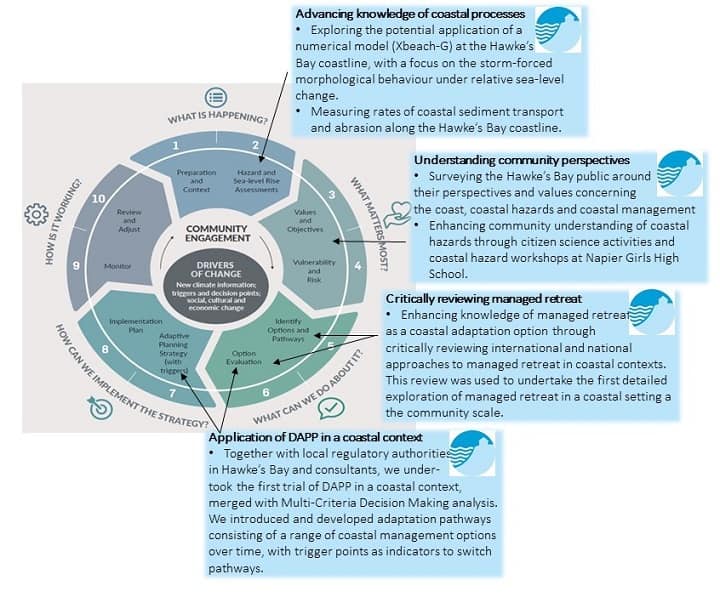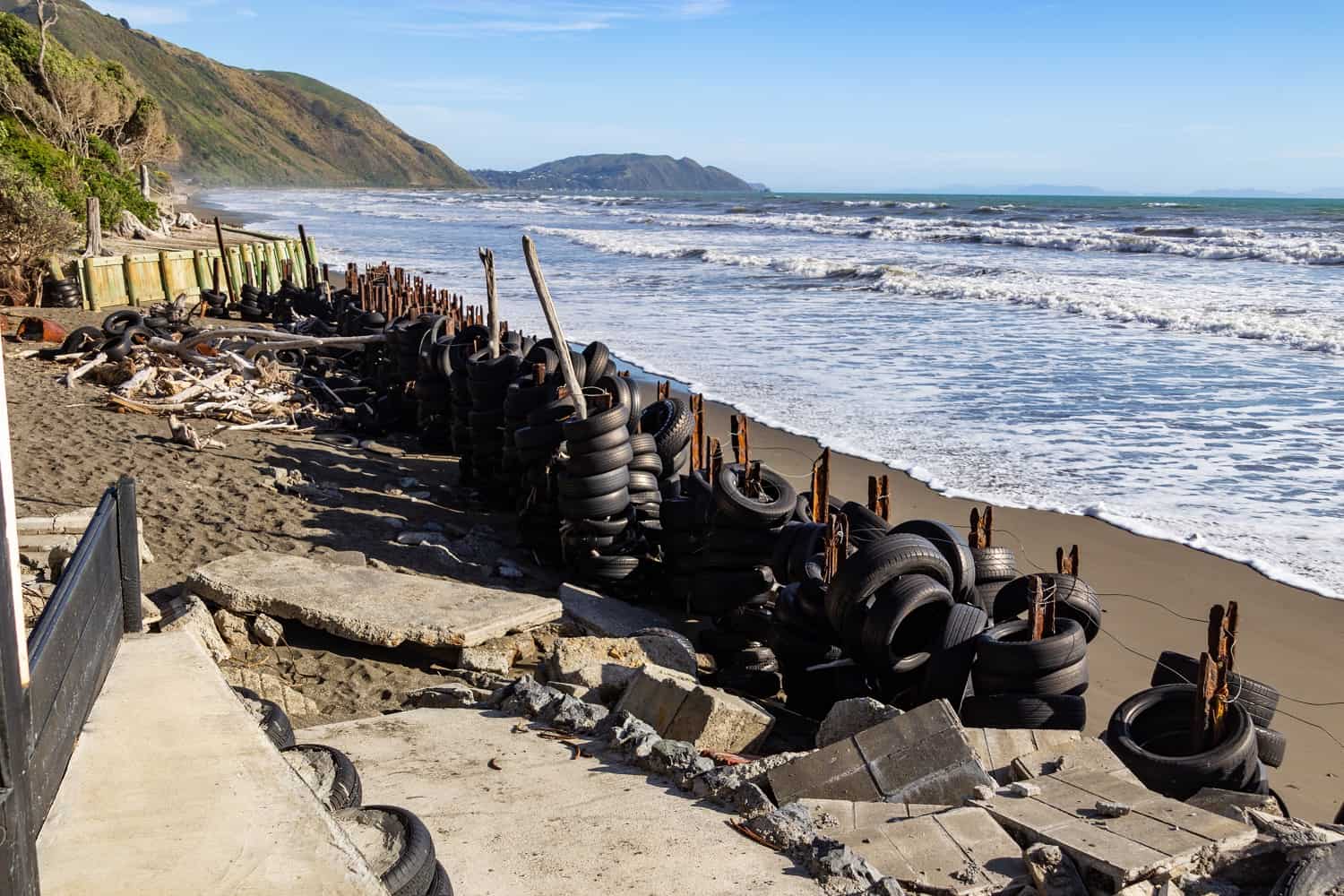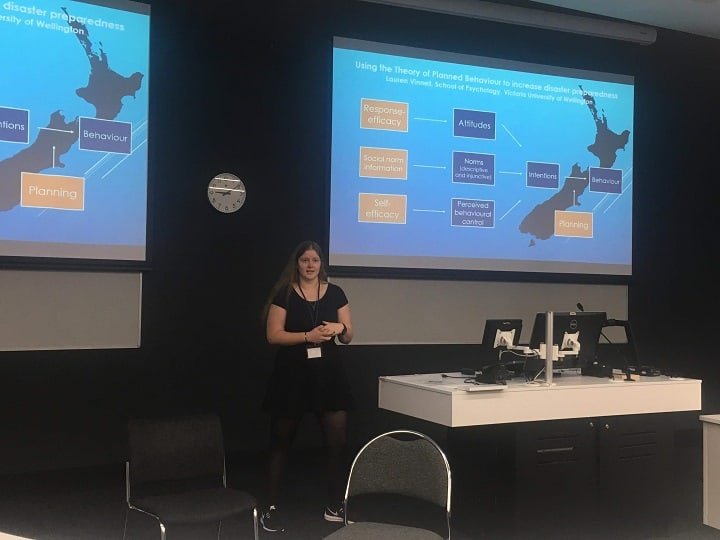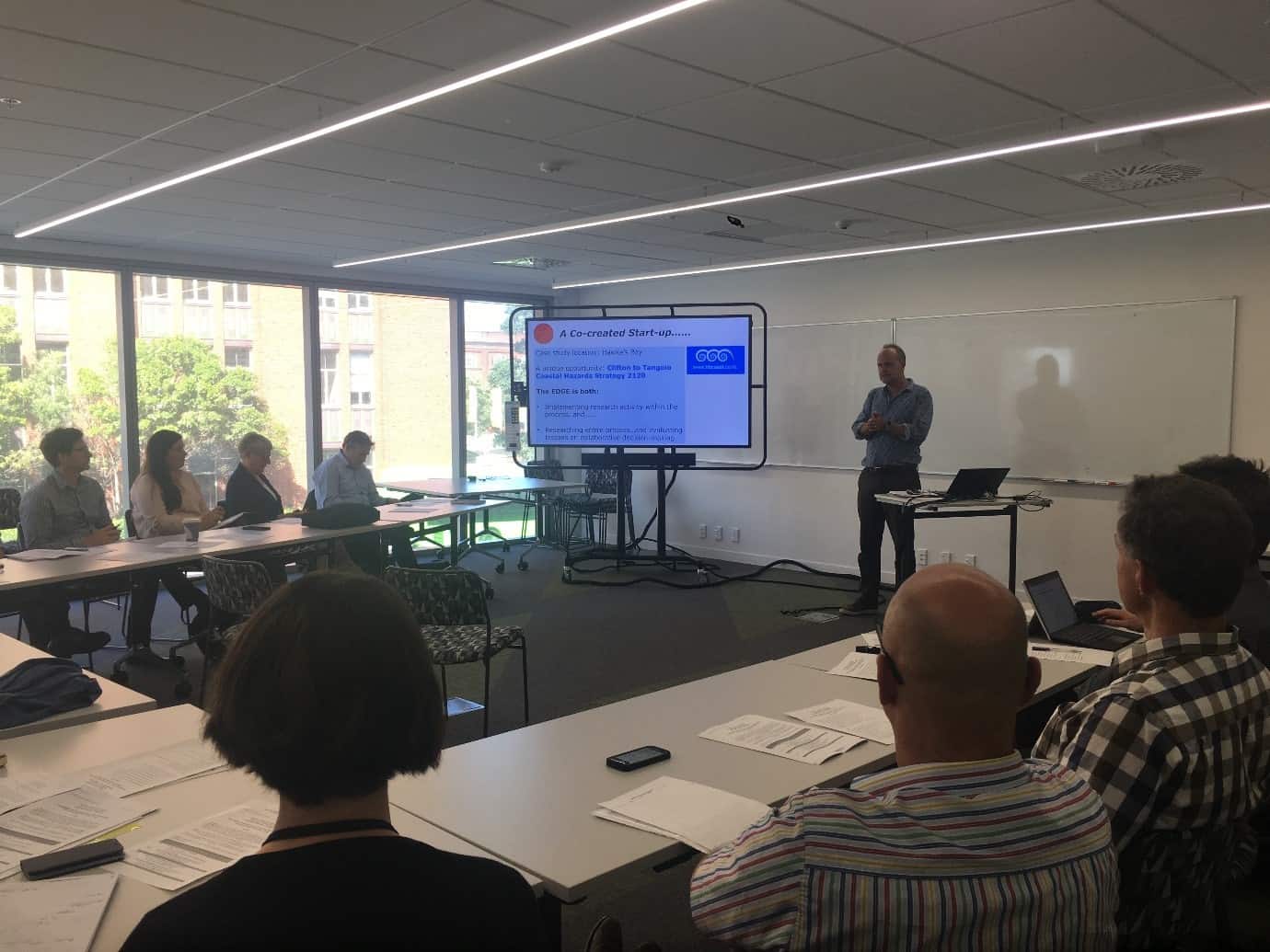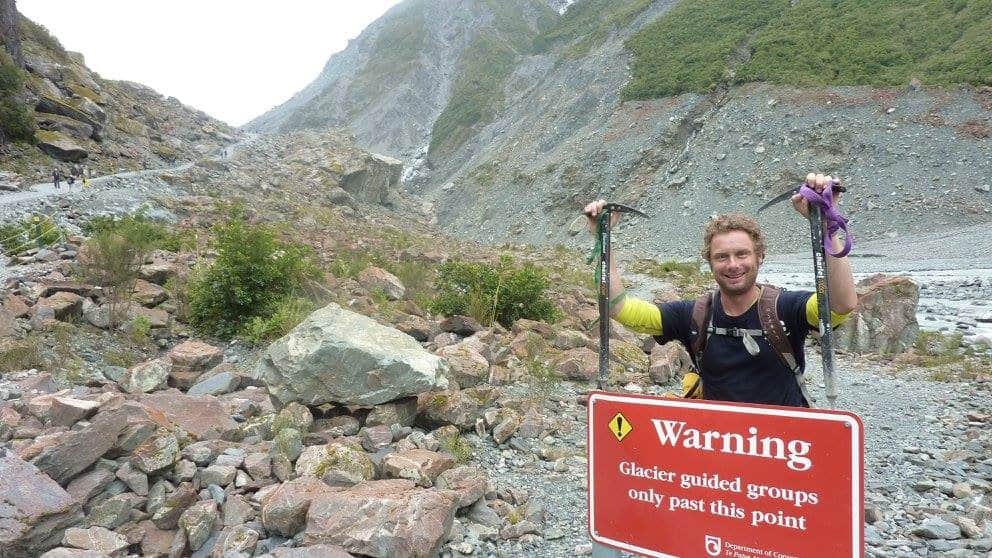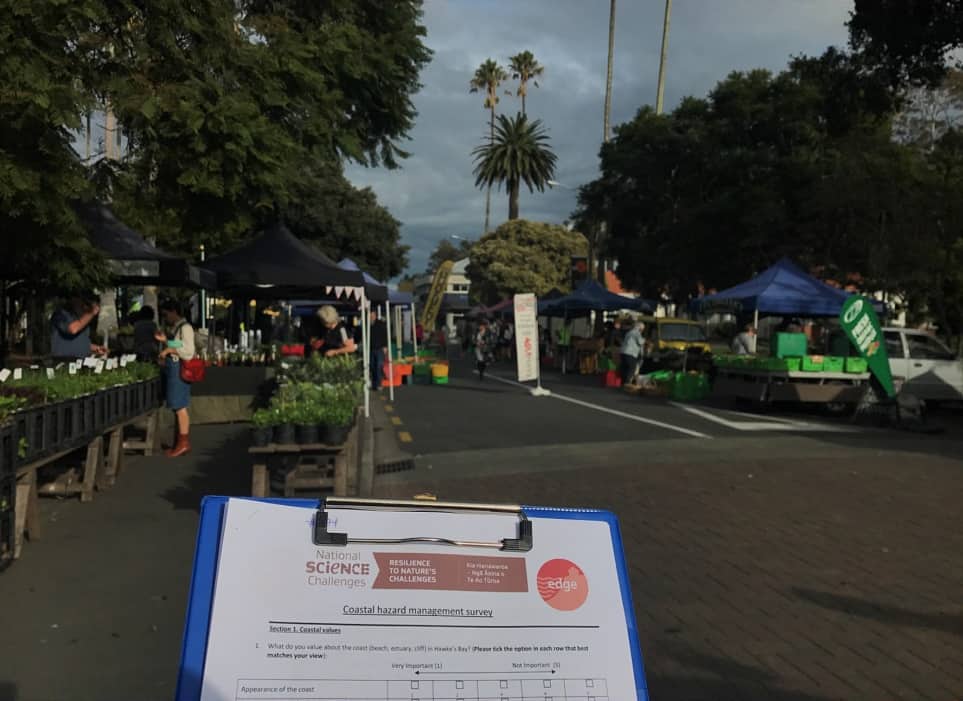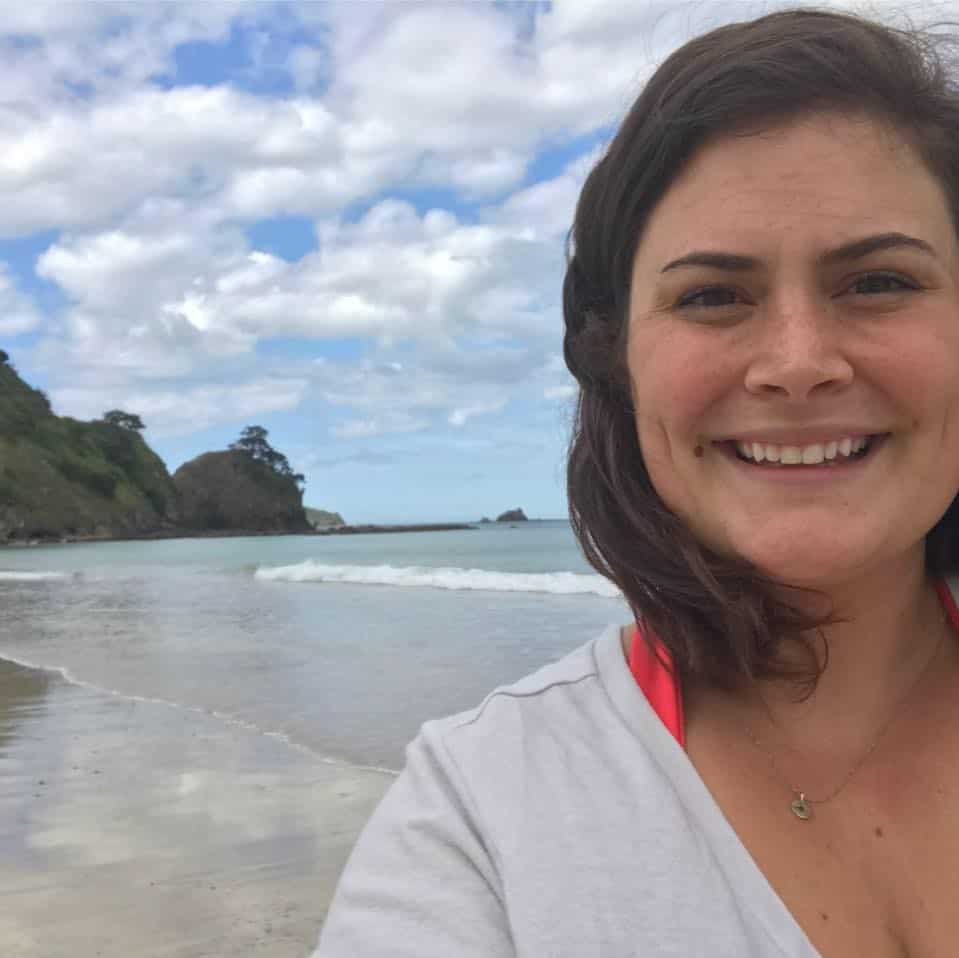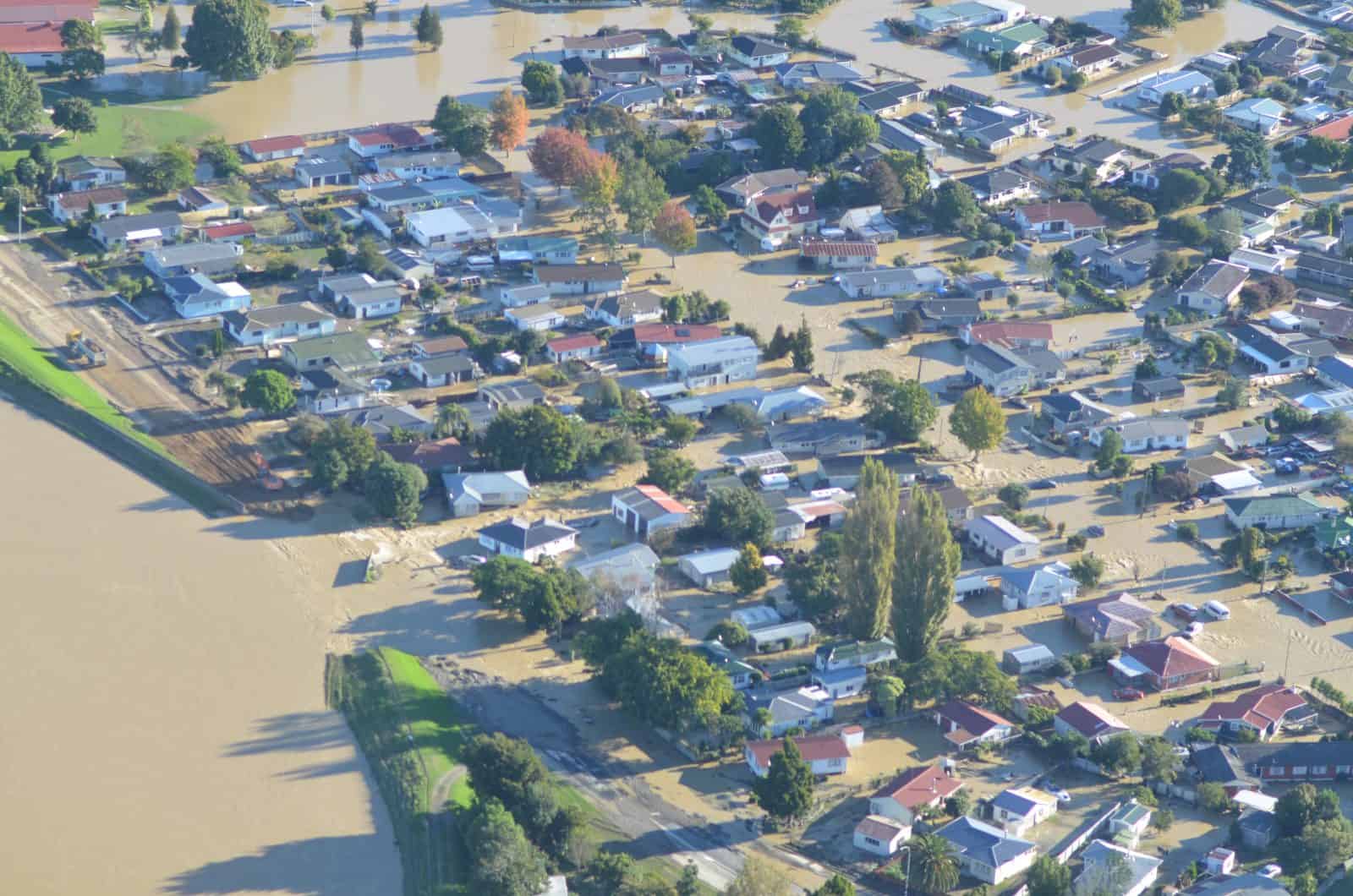Student Profile:Nichapat Sanunsilp 19/07/2018 Disaster preparedness and resilience among Auckland’s Southeast Asian communities A bit about me I was born and raised in Bangkok for 25 years, trained to be a landscape architect for 5 years and worked as a landscape architect for 2 years. Then I came to The University of Auckland to study […]
The role of Buddhist pagodas in preparedness, response and recovery
The role of Buddhist pagodas in Auckland’s natural disaster preparedness, response and recovery 20/07/2018 By Chanrith Ngin and Jesse Hession Grayman Around eight percent of Auckland’s population doesn’t speak English. A portion of this group is Auckland’s Southeast Asian community, made up of people originally from Cambodia, Indonesia, the Philippines, Thailand and Vietnam. Cultural differences, […]
Student Profile: Rob Cardwell
Student Profile: Rob Cardwell 20/07/2018 Application of Integrated Land Use: Economic Models to Hazard Management Strategy and Planning A bit about me I have come to the University of Auckland with six years of experience at Market Economics. Before Market Economics I completed mechatronics and Master of Engineering Management degrees at the University of Canterbury. […]
Understanding the 2016 Kaikōura tsunami evacuation
Understanding how the people of Petone and Eastbourne responded to the 2016 Kaikōura earthquake and subsequent tsunami warning 13/07/2018 By Denise Blake When an earthquake is ‘long or strong’, the directive is that people need to ‘get gone’. This simple message is used to educate the people of Aotearoa New Zealand about tsunami risk and […]
DIVE Platform
Researchers have launched a new platform that will help researchers make better use of New Zealand’s Disaster Risk Reduction and resilience data. The collaborative team of researchers, funded by Resilience to Nature’s Challenges Kia manawaroa – Ngā Ākina o Te Ao Tūroa and QuakeCoRE – New Zealand Centre for Earthquake Resilience, developed the platform after […]
Cultural resilience in the capital
Cultural resilience in the capital 06/07/2018 By Julia Becker Wellington has long been regarded as a city vulnerable to natural hazards. As a nation, we have generally expected that our capital is likely to experience a big quake, sooner rather than later. Previous surveys indicate that over 95% of Wellingtonians are aware of the earthquake […]
Learning from public response to natural hazard videos
Learning from public response to natural hazard videos 04/07/2018 By Caroline Orchiston Videos are the current digital media of choice. They have been on the rise for several years now, and in 2017 74% of all internet traffic was video. However, creating quality videos can be costly and time-consuming, and as attention spans grow ever […]
Student Profile: Lisa McLaren
Student Profile: Lisa McLaren 02/07/2018 A bit about me I’m originally from a farm in the Wairarapa, so floods and droughts were a common talking point at our dining room table. That upbringing, combined with a slight obsession with tornadoes as a child, meant it was no surprise when I ended up working in the […]
Drop, cover and… Tweet?
, Drop, cover and… Tweet? 26/06/2018 By Abi Beatson Investigating Community Resilience in the Age of Social Media So here’s the question: can social media increase the opportunities for New Zealanders to become more resilient after a disaster event? In order to answer this question, members of the Resilience to Nature’s Challenges Cultural Resilience programme […]
Kaikōura tsunami evacuation
The 7.8 magnitude earthquake that struck near the coast of Kaikōura on November 14, 2016 was one of the largest recorded in Aotearoa New Zealand history. The shake was felt throughout the country, impacting many communities with widespread disruption. One of the major threats immediately after such an earthquake is potential for a tsunami. With […]
Fostering children’s participation in DRR with Minecraft and LEGO
Fostering children’s participation in DRR with Minecraft and LEGO 19/06/2018 ByLoïc Le Dé Children and disasters Children pose an interesting challenge when it comes to Disaster Risk Reduction (DRR). They are vulnerable, so we instinctively want to protect them and not involve them in DRR. However, children also own valuable knowledge about hazards such as […]
Student Profile: Marion Tan
Student Profile: Marion Tan 15/06/2018 Usability of disaster apps A bit about me I am originally from the Philippines, a country that has its fair share of exposure to natural hazards. I have experienced first-hand numerous typhoons and the challenges of information exchange during crisis events. I grew very interested in the integration of technologies […]
Living at the edge
Living at the edge 13/06/2018 By Emma Ryan In November of 2017, the Edge project was awarded the inaugural Terry Healy Coastal Project Award from the New Zealand Coastal Society. This award is intended to commend a coastal project in New Zealand for its overall commitment to excellence working within the coastal zone. Edge researchers […]
Managed retreat
Managed retreat; unpacking the ‘black box’ By Emma Ryan Low-lying coastal communities around New Zealand will need to start embracing managed retreat as climate change and sea-level rise continue to encroach on and erode our coasts. However, managed retreat remains a ‘black box’ in New Zealand, with few successful examples. The Resilience Challenge‘Living at the […]
Student Profile: Lauren Vinnell
Student Profile: Lauren Vinnell 06/06/2018 Increasing Individual Natural Hazard Preparation A bit about me I was born and raised in Lower Hutt, and so am well aware of the natural hazards Wellington faces. I chose to study psychology as I have always been interested in understanding peoples’ behaviour. In the final year of my Bachelor’s […]
Co-creation
Co-creating resilience solutions to coastal hazards 29/05/2018 By Emma Ryan New Zealand’s coastal communities are at increasing risk from natural hazards in the face of climate change. Sea-level rise has waves lapping at their doorsteps, while the threat of tsunami presents itself whenever a nearby fault-line or subduction zone produces and earthquake. We need to […]
Student Profile: Ashton Eaves
Student Profile: Ashton Eaves 25/05/2018 Building resilience to climate change through modelling managed retreat in a coastal setting About Ashton Originally a Cantabrian, Ashton is now living on the West Coast of the South Island, where the nature is raw and the people are friendly. He studied at Lincoln University, where he completed a Master […]
Hawke’s Bay survey
Hawke’s Bay coastal survey 2017 23/05/2018 What do you like most about New Zealand’s coastlines? Is it their untouched beauty or that they give you easy access to the beach? We need to understand how New Zealanders feel about our coasts in order to make the best resilience and planning decisions around them. We also […]
Student Profile: Laura Robichaux
Student Profile: Laura Robichaux 28/04/2018 The “Implementation Gap” in Coastal Risk Management Meet Laura Laura Robichaux grew up in South Louisiana in the United States, surrounded by the benefits and risks inherent to coastal living. She has bachelors and master’s degrees in coastal engineering but has slowly trended more towards science. After a bit of […]
Understanding stopbanks
Understanding flood protection stopbanks across New Zealand 20/04/2018 By Kaley Crawford-Flett Stopbanks (levees) protect many New Zealand towns and cities from floodwater damage. At the moment, stopbanks are managed based on local priorities, and we don’t have a nation-wide understanding of comparative protection level, impact, and risk. A new collaborative research programme links researchers at […]

